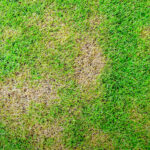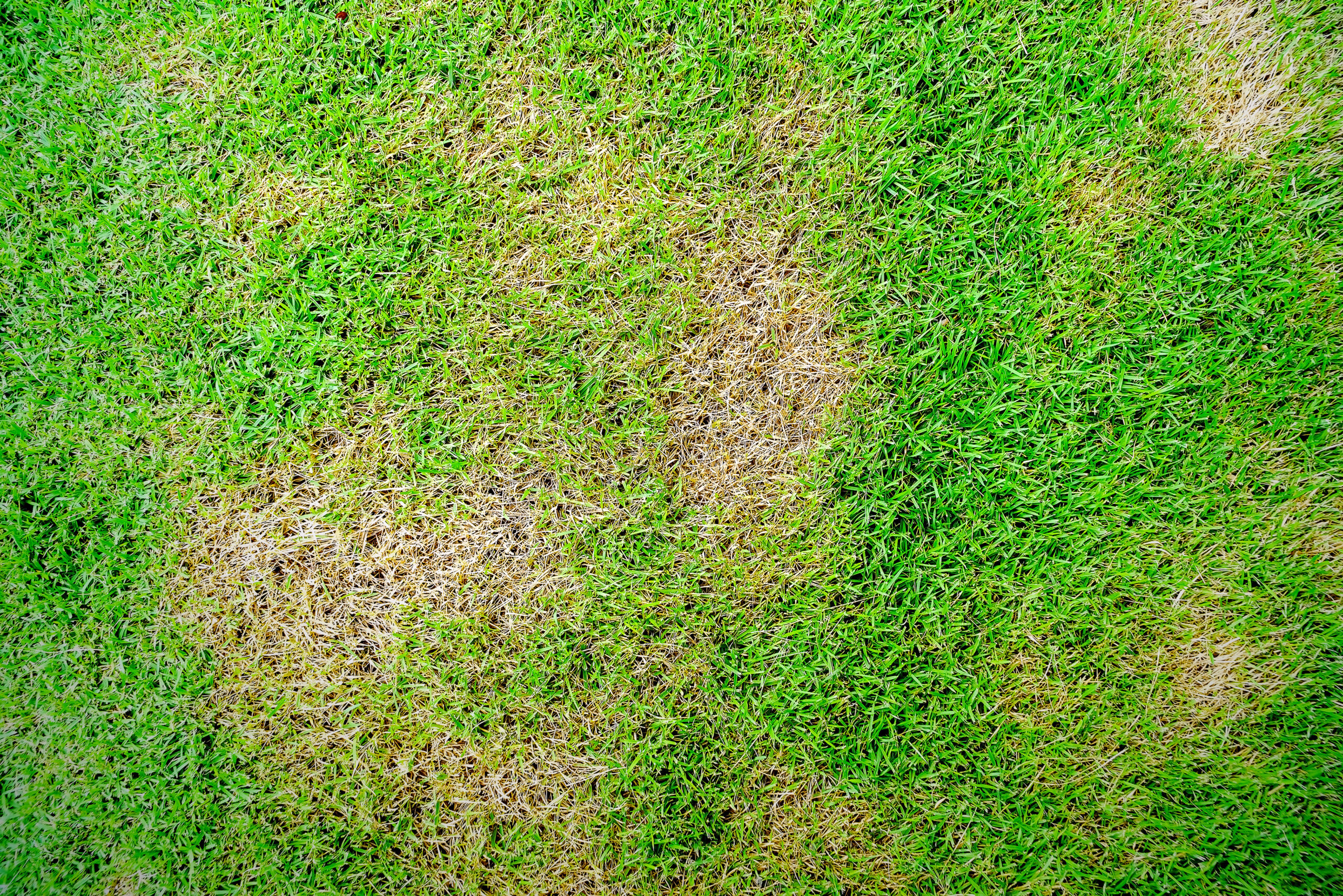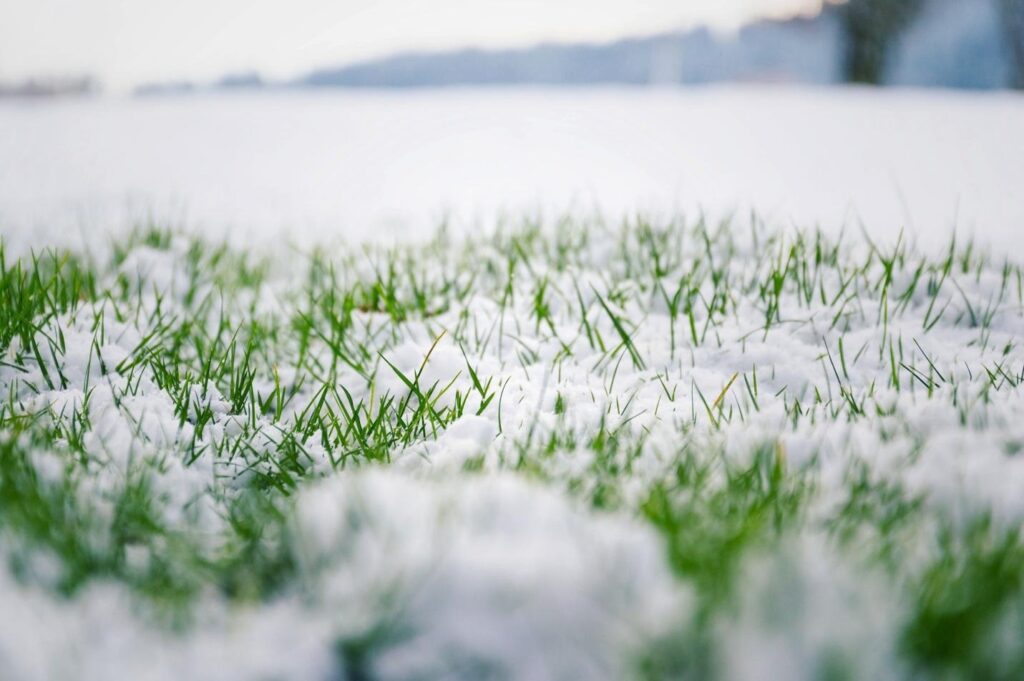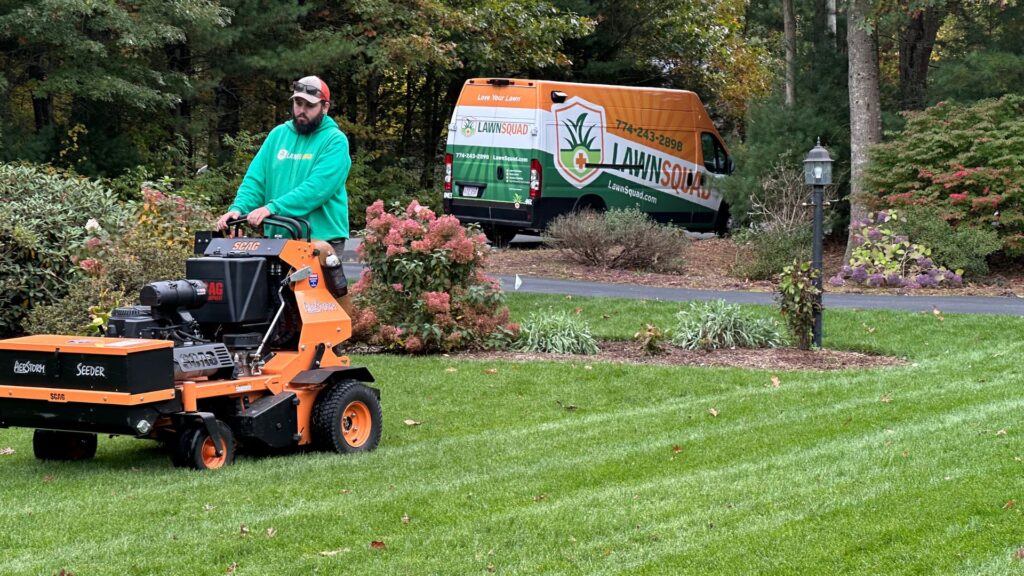Summer brings warm weather and plenty of fun to be had, but your lawn may not feel the same. With the high temperatures and humidity levels, your turf undergoes stress this time of year, which can lead to lawn disease.
Summer brings warm weather and plenty of fun to be had, but your lawn may not feel the same. With the high temperatures and humidity levels, your turf undergoes stress this time of year, which can lead to lawn disease.
When lawn disease, or lawn fungus, appear in your lawn, you may decide to wait out the situation and see if the problem subsides, but with no action, it is likely to only get worse.
Dollar Spot
Dollar spot is a lawn disease that appears as bleached spots with a brown to purplish border that join to form large irregular areas of dead turf. The spots are usually 4-6 inches in diameter and can be seen with white cobweb-like strands.
It occurs in moderate to warm temperatures, excess humidity, thatch, and heavy rainfall. In these conditions, excess amounts of rain cause moisture to the grass but leave the soil dry, causing the fungus. Although it doesn’t quite make sense that soil can be dry after rainfall, it is possible that a layer of thatch has formed. Thatch doesn’t break down easily so it can block air, water, and nutrients from ever reaching the soil.
Dollar Spot Relief
You can help treat dollar spot with a fungicide application. There are some cases where turf grass can dry out and the lawn disease can go away, but we would advise applying treatment as soon as the disease is diagnosed.
Pythium Blight
Pythium Blight is another common lawn disease that is a destructive root-parasitic fungus recognized as small spots or patches of damaged grass. They usually start off as small, irregular spots, and can later form into patches that will often look like long streaks. They appear matted, orange, or dark gray in color, and can leave the turf looking and feeling, greasy or slimy.
Pythium often occurs because homeowners apply too much water or fertilizer. Warm, humid, and wet weather for prolonged periods of time, can also contribute to this lawn fungus appearing.
Pythium Blight Relief
It is important with any lawn disease that you avoid mowing over these areas. Your mower can pick up spores of infected turf and spread them to other areas of your lawn. If your lawn becomes too long, only mow when your lawn is dry, and then you will want to be sure to clean the underside of the mower after use. You will also want to water infrequently and deeply in the early mornings to prevent standing pools of water on your lawn.
Brown Patch
Brown patch is a disease that appears as irregular circular patches, that are brown and yellow in color. These patches can range from a few inches to several feet in diameter. You also may notice rings of dead or thin grass around them if this fungus has been active for a while.
Similar to Pythium blight, brown patch often results from applying too much fertilizer, as well as letting pools of water sit on the grass for long periods of time.
Brown Patch Relief
If your lawn is showing signs of brown patch, one of the best ways to provide relief is with a aeration. Aeration helps create small pockets in your soil, this process will help air out the soil of the infected areas and increase the flow of water and other nutrients.
Along with an aeration, a proper mowing and watering technique, similar to controlling Pythium blight, is just as important to maintain. You should avoid applying excess nitrogen to your lawn when temperatures are high. This can make a mild infection of brown patch worse. Wait until fall to apply a slow-release fertilizer that helps healthy lawn growth.
While diagnosing lawn diseases yourself may be difficult, and they may all seem similar, professionals can help save your lawn.







